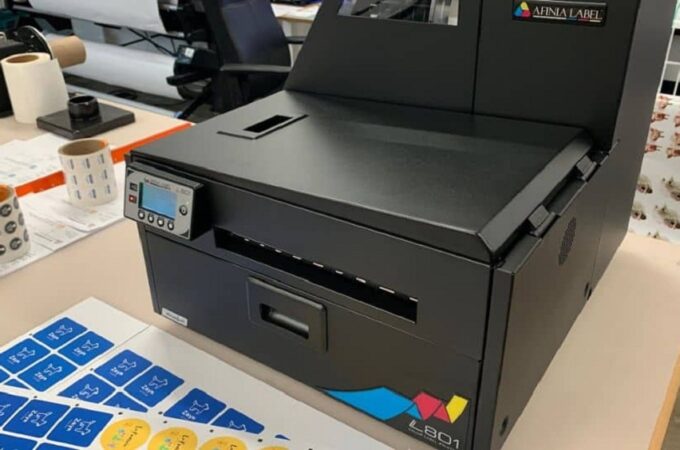
From Stain to Savings: How Napkin Leasing Helps Restaurants Cut Laundry and Replacement Costs
For restaurant owners and operators, controlling operational expenses is a constant battle. While the front-of-house staff focuses on service and the kitchen manages food costs, a significant and often underestimated drain on resources is the management of linens—specifically, napkins and tablecloths. The traditional approach to linen management, whether through in-house laundry operations or inconsistent purchasing, is fraught with hidden costs, from water and energy consumption to the perpetual need to replace worn, stained, or lost inventory. In response to this persistent challenge, restaurant napkin leasing has emerged as a strategic solution, offering restaurants a predictable, cost-effective, and streamlined way to maintain a polished dining experience without the administrative and financial headaches of ownership.
Napkin leasing is essentially a full-service rental agreement with a commercial linen provider. The restaurant pays a fixed fee, and the service manages the entire lifecycle of the linen: supplying the inventory, picking up soiled items, professionally laundering them to hospitality standards, mending or replacing damaged stock, and redelivering fresh, high-quality napkins on a set schedule. This shift from ownership to service model is key to unlocking significant savings and improving overall efficiency.
The Hidden Costs of Ownership: Laundry and Loss
The decision to manage linens in-house or to purchase them outright often appears cheaper on paper but rarely holds up under a true cost analysis. The direct and indirect expenses of ownership are substantial and frequently underestimated.
- High Utility Expenses: Operating industrial washing machines and dryers requires immense amounts of water, detergent, and energy. These costs are variable and often climb steeply with utility rate increases, making budgeting unpredictable.
- Labor Overhead: Dedicating staff hours to sorting, washing, drying, folding, and inventorying linens diverts labor from core service tasks like food preparation and customer service. This is a non-revenue-generating expense that directly impacts profitability.
- Maintenance and Depreciation: In-house laundry equipment requires regular, expensive maintenance and eventual replacement. The capital expenditure and depreciation of this machinery represent a significant financial commitment.
Beyond these operational costs is the perpetual challenge of inventory loss and replacement. Napkins and tablecloths are constantly subjected to irreparable damage from heavy food stains, tears, and accidental disposal. Owning your inventory means continuously absorbing the cost of replacing this damaged stock, a hidden expense that adds up quickly over the course of a year.
Guaranteed Quality and Brand Consistency
In the hospitality industry, presentation is paramount. A clean, well-maintained napkin is a subtle but essential detail that contributes to the overall guest experience and reinforces brand quality. Stained, faded, or threadbare linens detract from the dining environment and can undermine the perceived quality of the food and service.
Commercial linen services utilize industrial-grade washing and finishing equipment that is far superior to anything feasible in a restaurant setting. They employ specialized chemicals and high-heat sanitizing processes to ensure linens are immaculately clean, professionally pressed, and consistently sized and colored. By outsourcing, the restaurant guarantees a level of linen quality and consistency that is nearly impossible to achieve in-house, ensuring that the front-of-house aesthetic always meets high standards, thereby enhancing the customer experience.
Scalability and Adaptability
Restaurant needs fluctuate based on seasons, catering events, and unexpected surges in business. A leasing agreement offers a level of scalability that purchasing outright cannot match. If a restaurant experiences a sudden increase in demand, they can quickly adjust their weekly linen order with the provider without having to make an emergency purchase of stock or push their in-house laundry capacity to the breaking point. This flexibility is particularly valuable for catering companies or venues that host private events, allowing them to scale their linen inventory up and down based on contractual needs without being saddled with excessive, underutilized stock during slow periods.
Conclusion: A Strategic Partner for Profitability
The decision to transition to a napkin leasing model is a strategic move away from inefficient ownership and towards professional, specialized service. It is a calculated step that addresses the hidden, erosive costs of utility consumption, labor overhead, and inventory replacement. By consolidating volatile expenses into a fixed, predictable fee, securing guaranteed quality and compliance, and freeing up invaluable staff time, napkin leasing transforms a significant operational headache into a streamlined, high-efficiency system. For the modern restaurant focused on maximizing profit margins and consistently delivering a superior customer experience, the napkin lease is not merely a convenience; it is an essential tool for smart financial stewardship.





